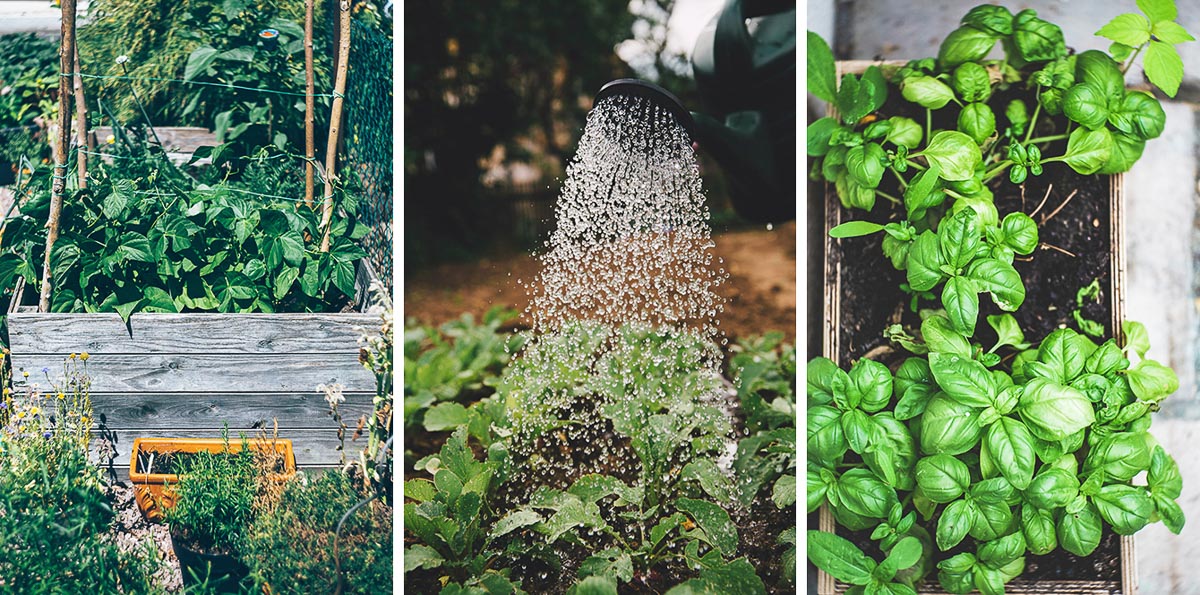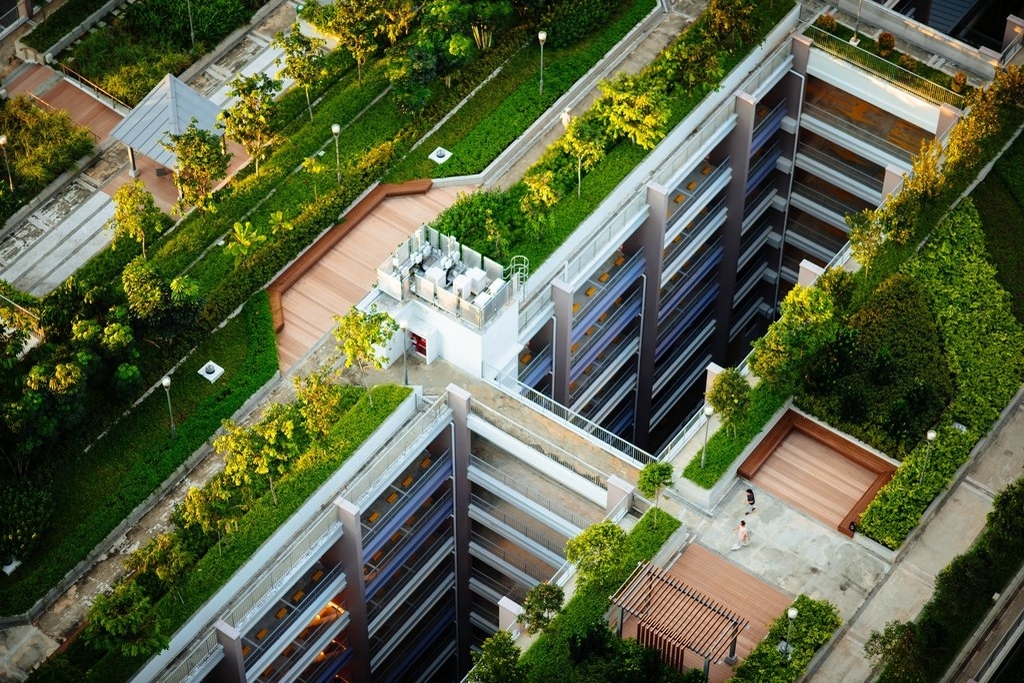How City Blooming can Save You Time, Stress, and Money.
The 10-Second Trick For City Blooming
Table of ContentsThe smart Trick of City Blooming That Nobody is DiscussingGetting The City Blooming To Work7 Easy Facts About City Blooming ExplainedThings about City Blooming10 Simple Techniques For City Blooming
Fascinated in growing food for sale in the City of Chicago? Below is a listing of often asked inquiries concerning the policies and laws that cultivators need to think about when planning an urban farming project.
The zoning amendment does not change any various other codes dealing with composting, structure permits, purchasing or leasing City possessed home, company licenses or environmental contamination. There are existing codes that regulate these problems and they stay completely result and may apply to your job. Neighborhood gardens are normally possessed or taken care of by public entities, civic organizations or community-based companies and maintained by volunteers.
Urban ranches expand food that is planned to be sold, either on a nonprofit or for-profit basis. Because of their business purpose, urban ranches call for an organization permit. Yes. A neighborhood yard is enabled to market surplus generate that was grown on website if the sales are accessory or subservient to the yard's key function defined over.
The Ultimate Guide To City Blooming
Composting is enabled yet only for plant material that is produced and made use of on website. The amount of garden compost material can not exceed 25 cubic lawns at any type of offered time according to the standards in 7-28-715 of the City's Municipal Code. Yes. Because the dirt at the majority of new yard websites needs modifying, compost, soil, wood chips, or various other products can be gotten to create or improve the expanding room - balcony and patio garden design.

If a structure authorization is required then the hoophouse will be considered an accessory structure. You can find out more concerning the building license requirements by contacting the Division of Buildings. The 25,000-square-foot dimension limitation is meant to avoid a single area garden from dominating a given block or interfering with the block's existing household or business personality.
The restriction does not relate to yards situated in Public Open Room (POS) districts. Can there be greater you can try this out than one area yard that is 25,000 square feet on a single block? Yes. The size restriction puts on private gardens, not to private blocks. No. Fencing is not called for, however, yards that have big parking lot might be needed to install fence or various other landscaping attributes.
The Single Strategy To Use For City Blooming
B1 & B2 districts need that all commercial usage tasks be conducted inside. Is secure fencing required for urban ranches? Fences might be called for, along with landscape design and screening, for certain car park areas and outdoor job or storage locations depending on place and the specific task taking area.
Urban ranches require structure permits and zoning authorizations prior to construction (balcony and patio garden design). Other kinds of city testimonial might be needed depending on certain frameworks, tasks, dimension, landscaping, licensing, public heath and stormwater administration problems.
Yes. The kind of certificate is identified by what is taking place at the site. The Division of Company Affairs and Customer Protection can aid identify the specific kind of service license that's needed. Yes. Off street parking is needed for the majority of industrial tasks in Chicago. The required variety of auto parking rooms is based upon the number of employees working with site and not the square footage of the growing space.
Some Ideas on City Blooming You Should Know

Yes. A city farm can market compost material created on website, however, the operation needs to follow the laws in 7-28-715 of the Chicago Municipal Code. Yes. Aquaponic systems are allowed indoors on urban farms in lots of zoning areas. A zoning evaluation and building license is needed in order to set up structures or systems and a company license is required as defined over.
Up to five hives or nests of honey might be maintained as an accessory usage. Nevertheless, beekeepers should register with the Illinois Division of Agriculture. For additional information regarding the suggested zoning amendment you might call the Department of Housing and Economic Development, Bureau of Preparation and Zoning at 312.744.8563.
Farming in cities and metropolitan areas A city farm in Chicago. Urban agriculture refers to numerous practices of growing. https://cityblooming.bandcamp.com/album/city-blooming, processing, and distributing food in urban areas. The term additionally relates to the area tasks of pet husbandry, aquaculture, beekeeping, and gardening in a metropolitan context. Urban farming is distinguished from peri-urban agriculture, which happens in backwoods at the edge of suburbs.
The Main Principles Of City Blooming
, who look for to form social networks established on a common ethos of nature and neighborhood holism. These networks can develop by method of official institutional support, coming to be integrated right into neighborhood town preparation as a "transition town" motion for sustainable metropolitan growth.
In either case, the a lot more straight access to fresh veggie, fruit, and meat items that might be become aware with city agriculture can enhance food security and food security while decreasing food miles, leading to lower greenhouse gas exhausts, therefore contributing to climate adjustment reduction. Several of the first evidence of urban agriculture comes from Mesopotamia.